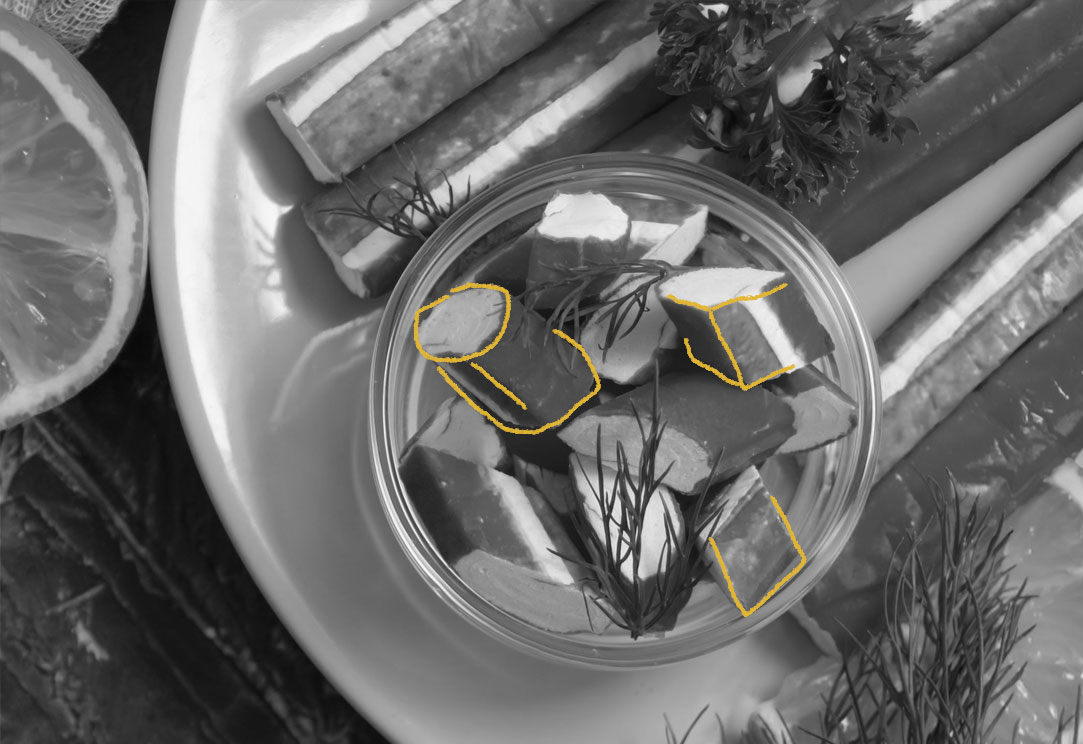Imitation crab was created in Japan in the 1970s. Food manufacturers and chefs were seeking a less expensive alternative to crab and eventually landed on the seafood proxy we now know as imitation crab. It’s made with surimi, a seafood paste made from white fish, artificial and natural flavors, starch, sugar, and sodium. (Interestingly, the white fish used is usually Alaskan Pollock — the same variety most often used in frozen fish sticks and fast-food seafood patties.) The surimi is then piped into molds and a thin coat of orange food dye is painted onto the exterior to mimic the hue of real crab meat. Imitation crab was popular in Japan and other parts of Asia first. Approximately a decade after its introduction, it made its way to America, where it began appearing in restaurants and grocery stores. (It usually appears on food labels as “imitation crab,” “crab sticks,” or “krab.”) Imitation crab is perhaps best known as a key ingredient in the famous California sushi roll, but it is also commonly used in fast food sandwiches and seafood salads and remains an extremely popular, cost-effective ingredient in many other dishes as well.

Your go-to guide for weird history facts
Subscribe to the FREE daily email that makes learning about history fun.


